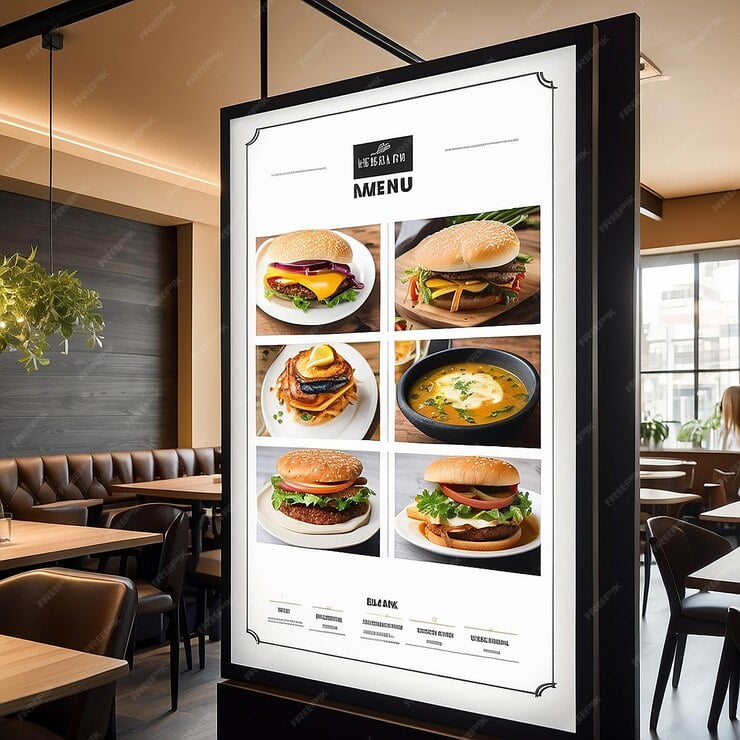1. Introduction
In today’s competitive restaurant industry, having a good-looking menu is more than just listing what’s available; it’s an important tool for marketing that can help customers make choices, make eating out better, and help businesses make more money. Whether you choose a restaurant menu display screen, an outdoor restaurant menu display, or an LED menu display for your restaurant, picking the right style can really help your business. This guide looks at different types of menu displays, shows you some good software to use, offers creative ways to boost sales, and gives tips on how to make your menu look great.
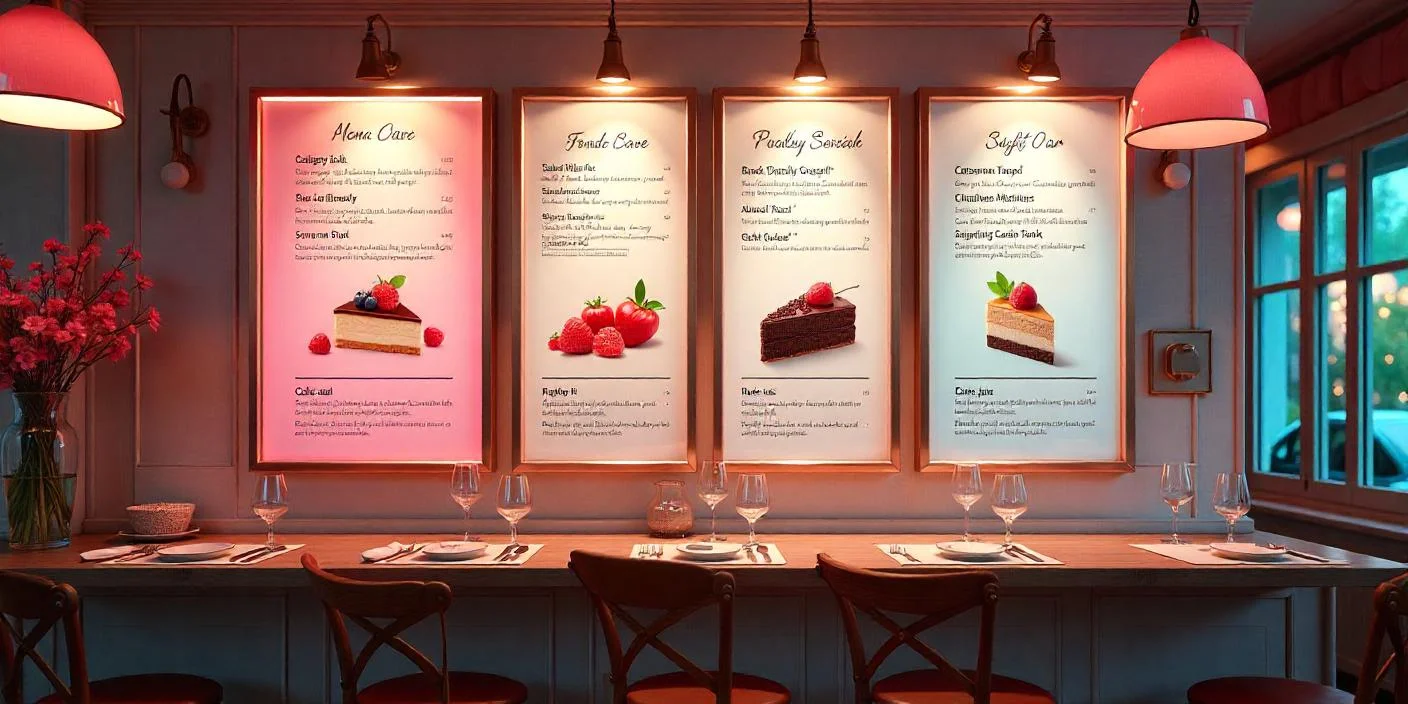
2. Why Restaurant Menu Displays Matter More Than Ever
Creating a Strong First Impression
The moment customers look at a menu, they start thinking about what they want to eat. A visually appealing menu can help people see the food in a way that makes them more likely to pick something they want, and it might even make them spend more.
Increases Order Accuracy & Speed
With digital menus, the chances of staff and customers getting orders wrong are much lower. Self-service options help people get their orders faster, especially when they are in a hurry to eat at a fast-food place.
Boosts Sales with Strategic Design
Highlighting the items with the highest profit or pushing specials for the season can help convince customers to spend more, while changing prices based on time or offers can make the deals more obvious and appealing.
Enhances Brand Identity
A professional design helps keep your brand looking consistent across all your materials. Customizable templates help restaurants make sure their menus match their style and make eating there more enjoyable for customers.
Reduces Operational Costs
Digital menus help save money because businesses don’t have to print out new ones as often. Cloud-based software also means you don’t have to manually update anything on each device, which helps save time and makes it easier to keep things up to date.
3. Types of Restaurant Menu Displays (Pros & Cons)
Digital Menu Boards (Restaurant Menu Display Screen & TV)
These are perfect for places like McDonald’s, Starbucks, or local pubs. They give you updates in real time, and you can use videos or pictures to make things easier; plus, they work well with cash registers and other systems you might use to manage your business.
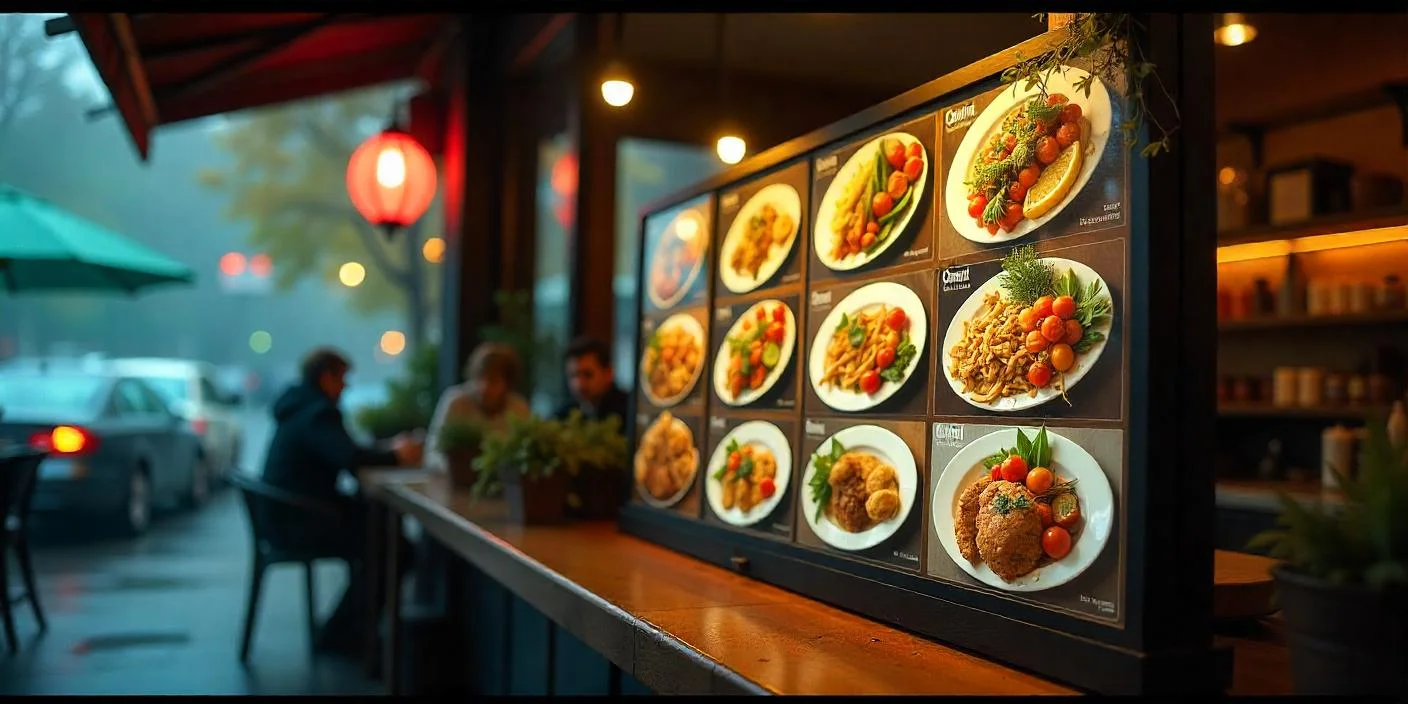
Outdoor Restaurant Menu Display
Designed for use in places like drive-thrus, food trucks, or outdoor cafes, these displays are made to handle all kinds of weather, are really bright so they can be seen in the sun, and are built to last. LED menu boards and A-frame sidewalk signs are often seen outside restaurants and shops.
Restaurant LED Menu Display
Perfect for quick-service restaurants and sports bars, LED displays are extra bright and easy to see, even when the sun is shining, and they don’t use much power and last a long time.
Traditional Static Menu Boards
Ideal for places like fancy restaurants or small bakeries, these menus can be made from things like chalkboards, acrylic boards, or printed papers, and people still like them since they’re easy and inexpensive.
4. 7 Creative Restaurant Menu Display Ideas to Increase Sales
Use High-Quality Food Photography
Customers are more likely to order foods that look good in the pictures. Invest in good-quality photos taken by a professional or use stock photos that look high-quality.
Highlight Best-Sellers & Chef’s Specials
Using bold fonts or animations to highlight your most popular dishes can help more people choose them and buy more.
Implement Psychological Pricing Tactics
Offering deals like “Combo Meal for $12.99” makes people feel like they’re getting more for their money, which often leads to them buying more food.
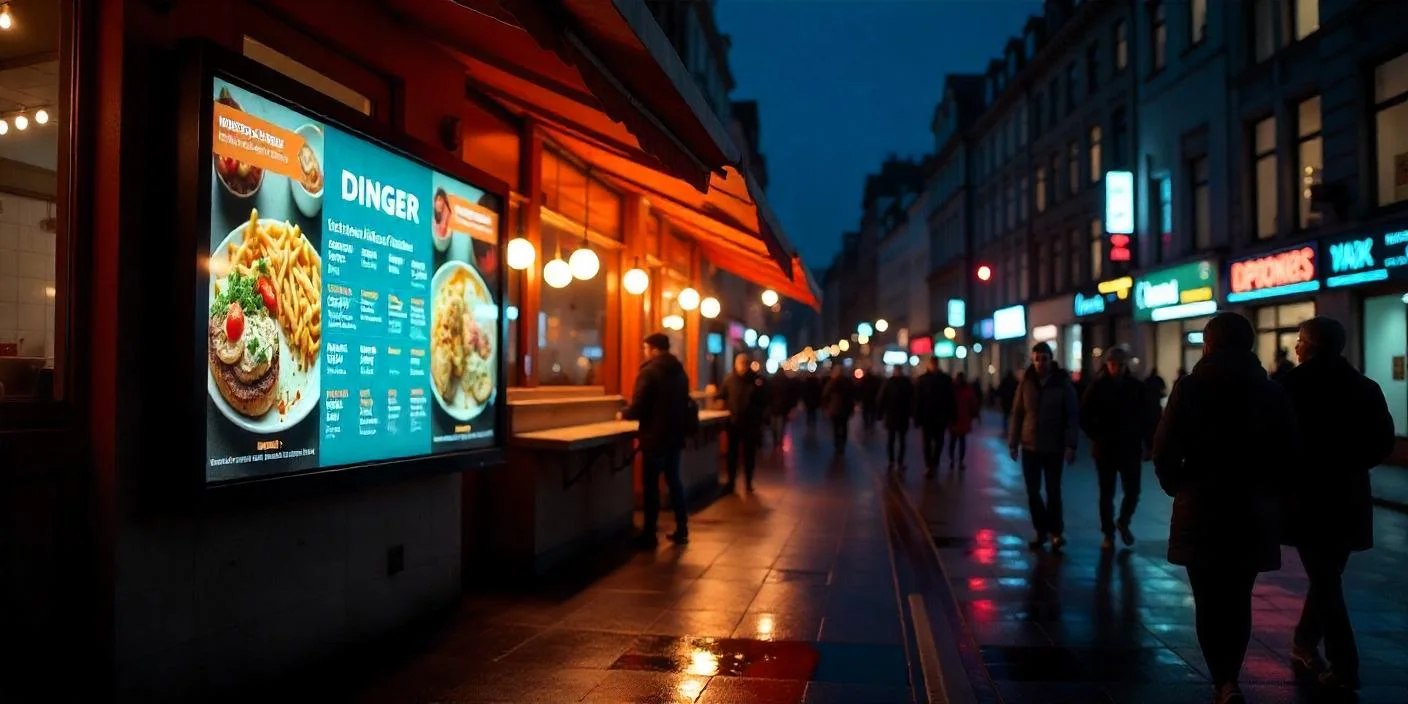
Interactive Menus for Better Engagement
Allow customers to pick what type of food they like, how spicy they want it, or what they can’t eat, so they get exactly what they need.
Thematic designs that match your brand mean using pictures and colors in your store that go well with your company’s style and ideas.
Tailor your design to fit the look and feel of your restaurant, whether you want it to be simple and classy for a fancy place or cozy and retro for a pub.
5. Free Restaurant Display Menu Templates
Template Options
You can get pre-made templates for different kinds of restaurants, like
1. Minimalist Modern Menu (Perfect for cafes)
2. Vintage Chalkboard Style (Perfect for pubs)
3. Luxury Fine-Dining Menu (Simple and classy)
4. Fast-Food Digital Menu: Bold and Bright
5. Healthy Food Layout (Clean & fresh)
Where to Download
Templates are available on sites like Canva, Adobe Spark, and Placeit, so you can pick one, change it to fit your needs, and get your design done quickly.
6. FAQs on Restaurant Menu Displays
What’s the best menu display for a small café?
A small chalkboard or a digital menu board that’s around 24 inches is perfect for a small cafe.
How much does a digital menu board cost?
Basic LCD screens usually cost around $500 to $1,500, while outdoor LED boards can be anywhere from $2,000 to way over $5,000.
Can I update my digital menu remotely?
Yes, most digital signage software lets you make updates from either your phone or your laptop through the cloud.
Which is better: LCD or LED for outdoor use?
LED is brighter and can last longer in outdoor places when you need to see things clearly.
How do I design a high-converting menu?
Use clear, good-looking photos; show off your most popular products; and try using simple prices people can understand.
Are touchscreen menus worth it?
Yes, they help save money on employees and make it quicker for people to place orders.
What’s the best software for digital menus?
The top picks are ScreenCloud, Yodeck, and Nento.
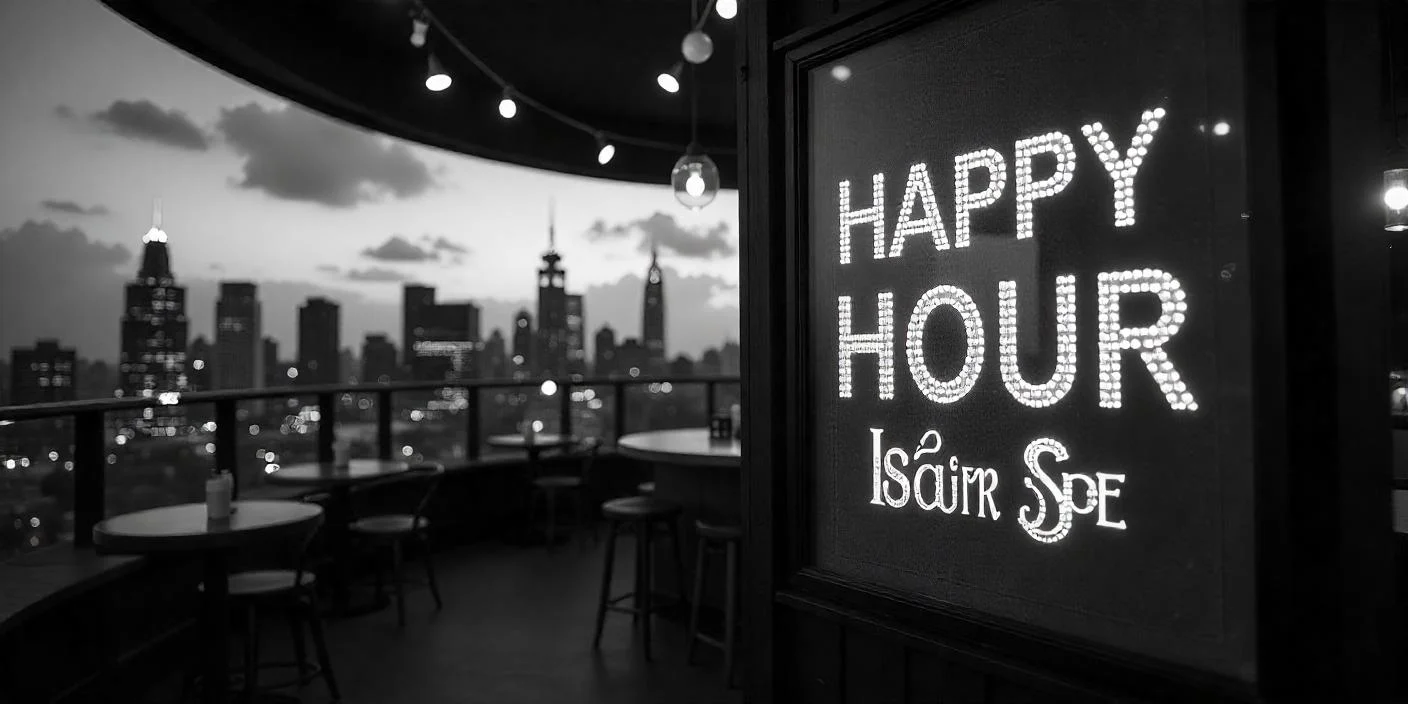
7. Take Action and Change Your Menu Right Now!
Your restaurant menu display doesn’t just give your customers something to choose from; it can actually help you sell more and make your customers happier. Whether you’re using a digital screen, LED board, or even a good old chalkboard, having a great design can make the dining experience better and help bring in more money.
Next Steps:
1. Choose the right menu type (digital, outdoor, or static).
2. Select the right software, like ScreenCloud or Yodeck.
3. Design a menu for your business by following these simple steps.
4. Test and improve the product after hearing what customers think.
By following this guide, you’ll learn how to make a menu that gets noticed and helps you sell more to your customers.

